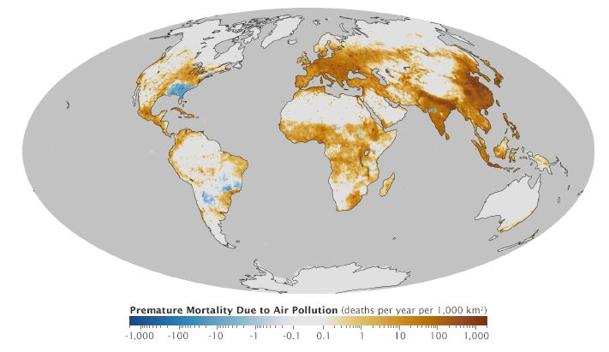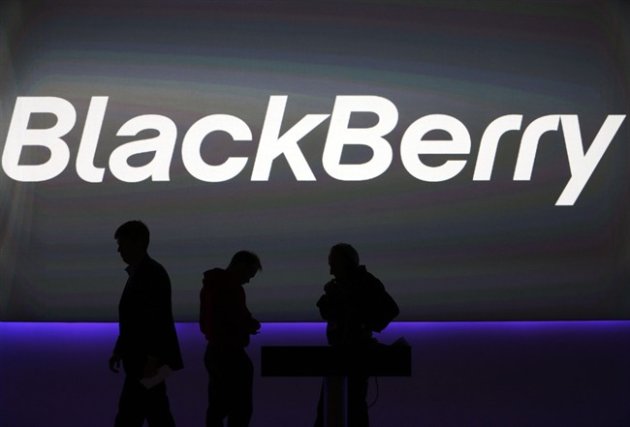Apple’s new iOS 7 operating system has been downloaded 200 million times - and some users are complaining that the animations make them seasick - or worse.
 By Rob Waugh | Rob Waugh – 20 hours ago
By Rob Waugh | Rob Waugh – 20 hours ago
“Apple’s new operating system is making me nauseous and
giving me a headache - just like when you try to read in the car,” says
one user.
Others complain of “vertigo” when apps “zoom” in and out - and say that using iOS 7 devices has left them feeling ill for days.
Apple’s new iOS 7 operating system has been downloaded 200 million times - and some users are complaining that the animations make them seasick - or worse.
Others complain of “vertigo” when apps “zoom” in and out - and say that using iOS 7 devices has left them feeling ill for days.
Apple’s new iOS 7 operating system has been downloaded 200 million times - and some users are complaining that the animations make them seasick - or worse.
“Just had a long chat with Apple support,” one disgruntled user said on the Apple forums. “Apparently there is no way to turn off animations.”
Once installed, it is extremely difficult to uninstall from iPads, iPhones and iPods - and iOS 7 comes pre-installed on all new iPhone 5C and 5S models.
Ironically, one of its main “selling points” was its simplified look - the icons on the page are “flatter” and simpler.
“True simplicity is derived from so much more than just the absence of clutter and ornamentation—it’s about bringing order to complexity,” said Apple’s “design guru” Jonathan Ive, who worked with the team which created the software.
Apple does include an option to “reduce motion”, but this applies mainly to the “depth” effects on the main screens - not to the “zoom” effects when users open and close apps.
“"I had severe vertigo the minute I started using my iPad with iOS 7," said one user, quoted by tech site The Verge. “I thought I was going crazy today after I updated my phone and I noticed I was feeling queasy every time I used it. Now I see I am not alone! I just used my phone for about 20 minutes and now I feel like I'm going to vomit. There has to be a way to turn this off!"
Apple has not issued any official statement on the issue.
For more of my writing and books go here
https://www.smashwords.com/profile/view/semanticdmax
http://www.lulu.com/spotlight/semanticdmax
http://www.amazon.com/s?ie=UTF8&field-author=Ifedayo%20Adigwe%20Akintomide&page=1&rh=n%3A283155%2Cp_27%3AIfedayo%20Adigwe%20Akintomide












45 Comments
Reply
Reply
Reply
2 Replies
5 Replies
Reply
Reply
Reply
Reply
Reply